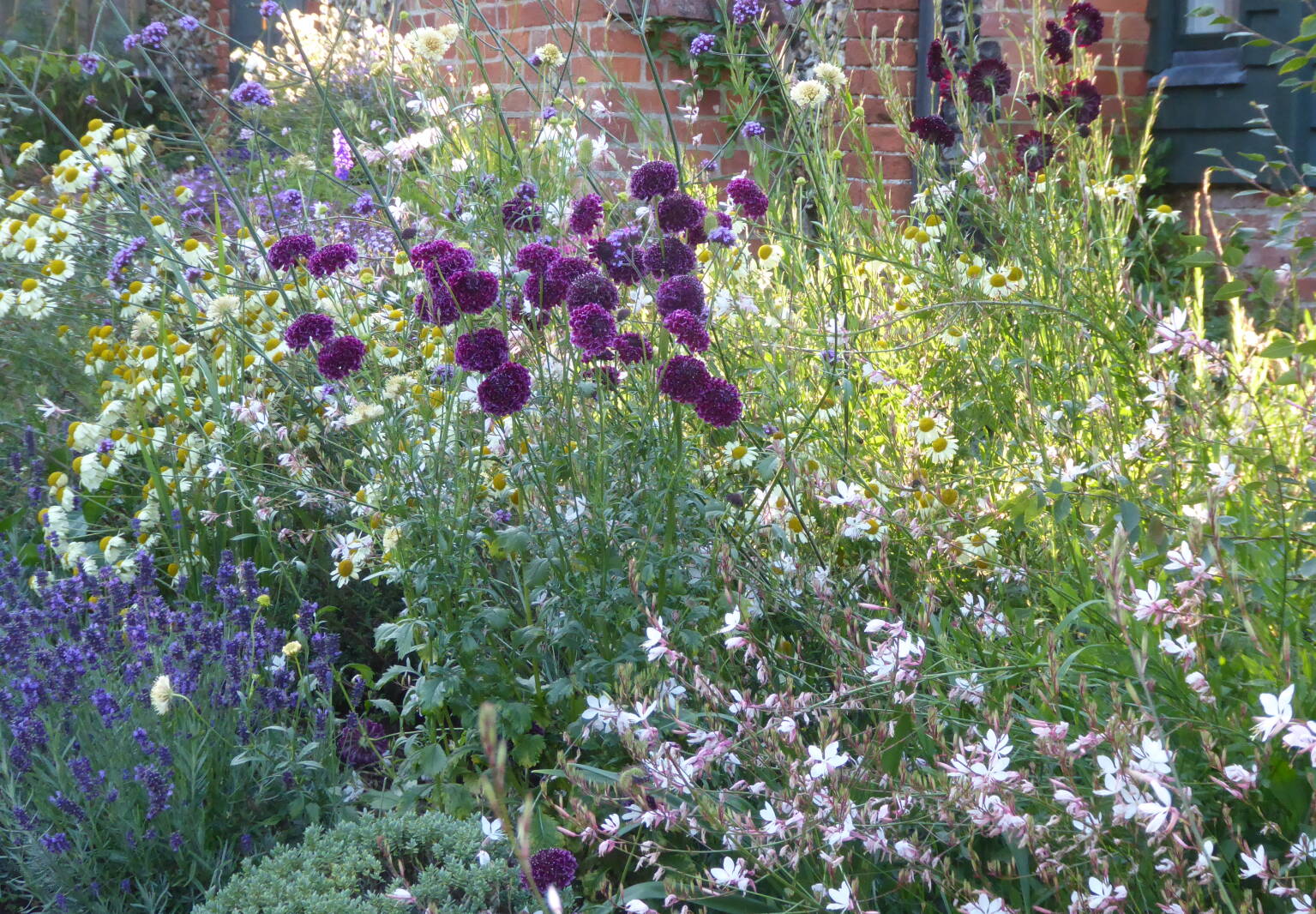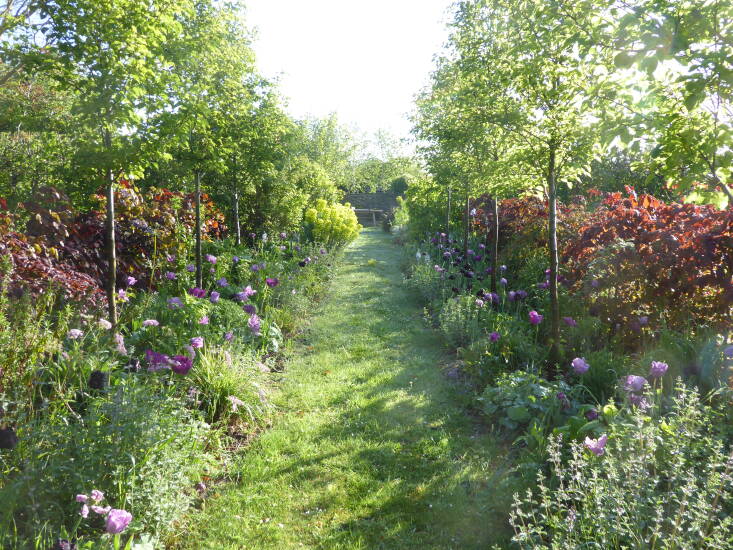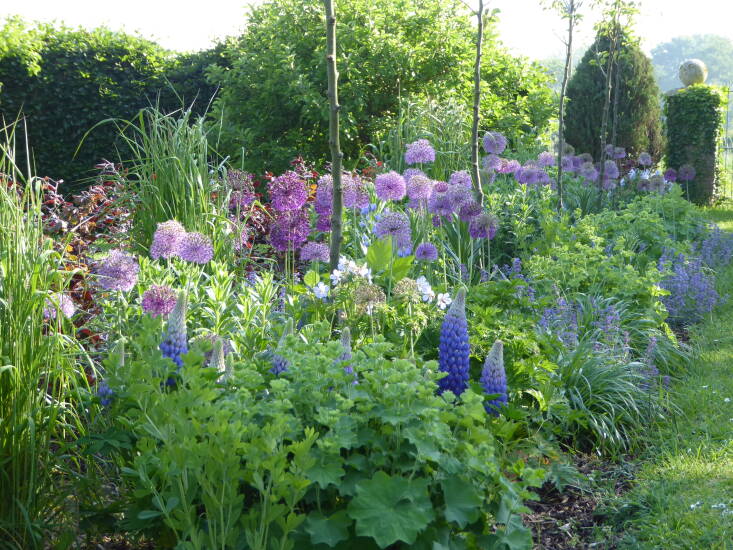How to Choose the Plants and Put Them Together

After all the planning for the garden layout is done, being able to buy (or grow) your plants feels like something of a victory, the fun bit when you can finally get to see a garden taking shape. In my previous column in this series on making “A Garden from Scratch,” I broached the bigger picture of the types of plants you might want to consider for your garden. In this column I get up close to the plants themselves and investigate what to choose and how to put it all together.
Your own tastes are key here—it’s all very well meticulously planning, but ultimately you want to step into a garden full of things you love. (A chaotic jumble, in fact, can feel just as magical as a considered design—often more so.) Ideally as you plan your garden you will have drawn up a wishlist of everything you love that will also thrive in your garden conditions. The goal for most gardeners is to find a space for as many of the plants on that list as possible.
Below, my tips on how to choose your plants wisely.
Photography by Clare Coulson.
1. Sketch a planting plan.

If I’m planting a big area from scratch, I draw out a flat plan that roughly marks out the plants, taking into consideration both how those plants will look mingling next to each other and how much space they will ultimately need. It’s not an exact scale drawing but an approximation of the size (height and spread) I think a plant could take up. If you’re not familiar with the plant, you can usually get a good sense of its growth habit and mature appearance from its nursery label.
2. Put perennials on repeat.







